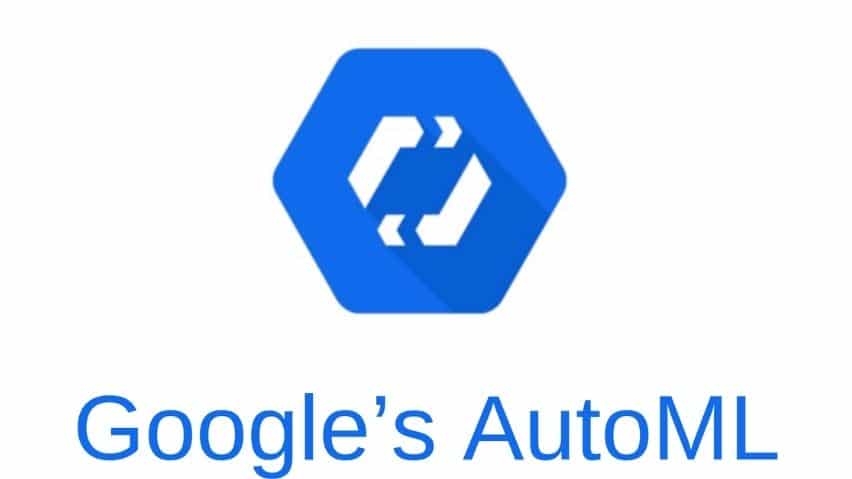
Google’s AutoML Will Change How Businesses Use Machine Learning
One of the most hyped trends in ai development solutions and Machine Learning this year was Google’s AutoML. Machine learning companies are investing in research and development of machine learning to bring AI closer to consumers. The Google blog mentions that Google’s machine developers have built a computer vision algorithm called NASNet, which performs 1.2 percent faster than previously published results.
Typical machine learning is an end to end process which involves giving amendable input to the machine learning program and also selecting algorithms and hyper-parameter optimization which improves the final result of predictive performance. Selecting algorithms requires a fair level of expertise in machine learning. Google’s AutoML proposes the use of artificial intelligence to automate the end to end process. Automating the end to end process means faster creation of solutions than done by the hand of machine learning developer.
Google’s AutoML Targets The Following Stages of Machine Learning:
- Automatic data preparation and ingestion.
- Feature selection and feature extraction, Meta-learning, and transfer learning.
- Automated transfer selection.
- Automated model selection.
- Automated problem checking.
- Leakage detection.
- Misconfiguration detection.
- Automated analysis of results obtained.
- Automated selection of evaluation metrics/validation procedures.
Most salient features that make Google AutoML a lucrative product compared to other machine learning projects are as follows:
Custom Learning Models
Allows developers and businesses with limited expertise to customize the tool for their own case by using Google AutoML natural language.
Performance and Quality
A user can leverage Google’s salient technology which makes a faster and accurate prediction.
Simple GUI (Graphic User Interface)
Google’s AutoML features simple GUI (Graphic User Interface) that allows the user to train, assess, improve and deploy their down data to create their own AI model. AutoML also features Google’s human labeling service which ensures that you’re models are trained on high-quality data.
Integration with other services
Google’s AutoML is fully integrated with other Google cloud services allowing a user to have consistent access on the Google cloud platform. There are two ways to make a prediction. First using the current Vision API or ML’s online predictive service.
Cloud AuroML products include AutoML vision, AutoML Natural language and AutoML translation. AutoML vision label detection, web detection, face detection, handwriting recognition, logo detection, content moderation, optical character recognition etc. AutoML language allows a user to derive to the structure and meaning of the text through the trained machine learning model. It features syntax analysis, content classification, entity recognition, sentiment analysis etc. Simply it allows a user to extract the meaning of texts from email, chats or social media by entity analysis or sentiment analysis.
AutoML translation offers an API which allows you to translate languages. You can translate any arbitrary string into supported languages. It can be highly useful to websites and apps where translation from the source language to target language is required. It is an affordable service which allows the user to make a trained model which can do language detection and text translation.
Hence Google has made an attempt to bring AI a step closer to consumer and businesses with limited AI expertise.
Click here for more blogs…
At BoTree Technologies, we build enterprise applications with our 10+ expert ML developers.
We also specialize in RPA, AI, Python, Ruby on Rails, JavaScript and ReactJS.




